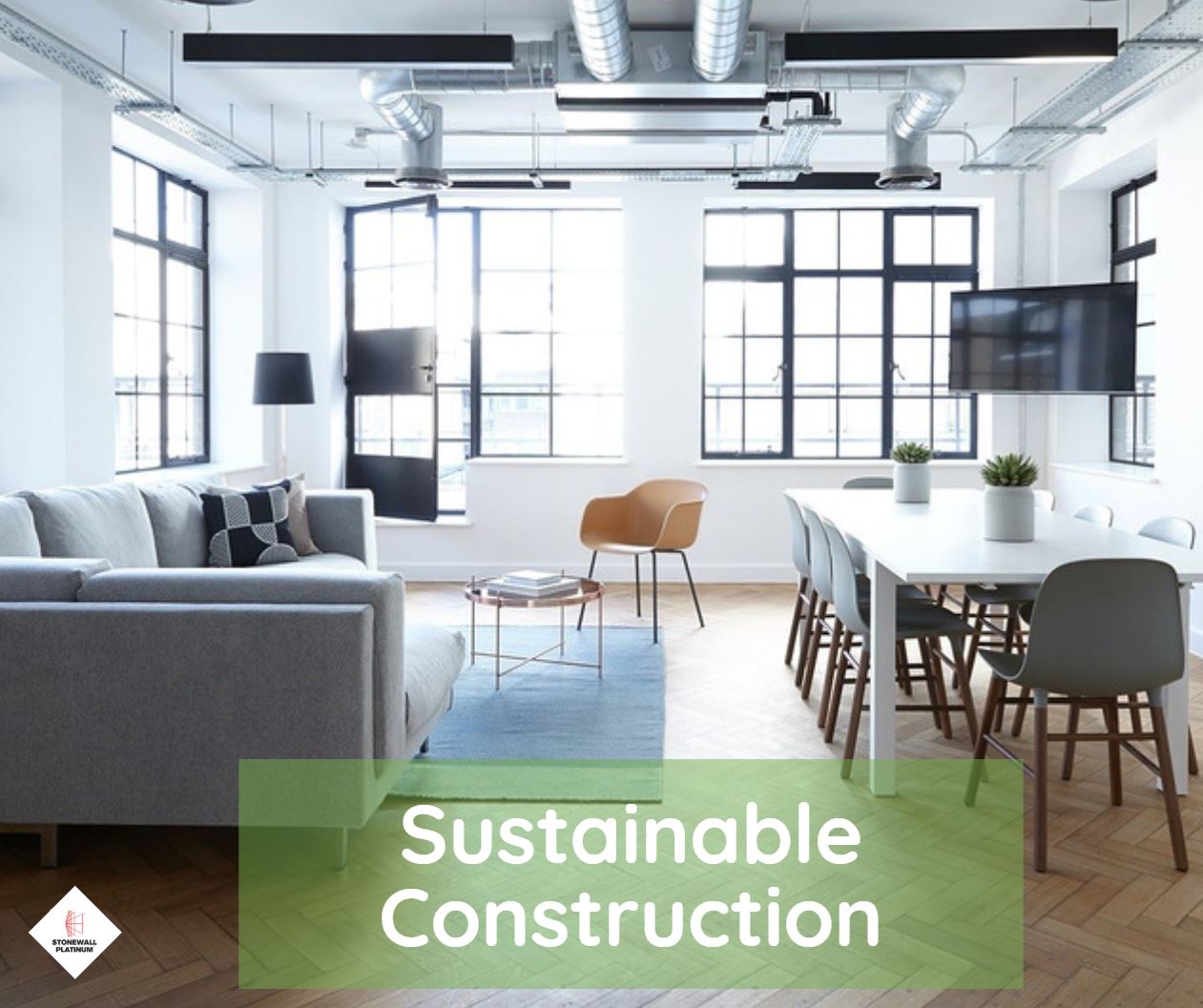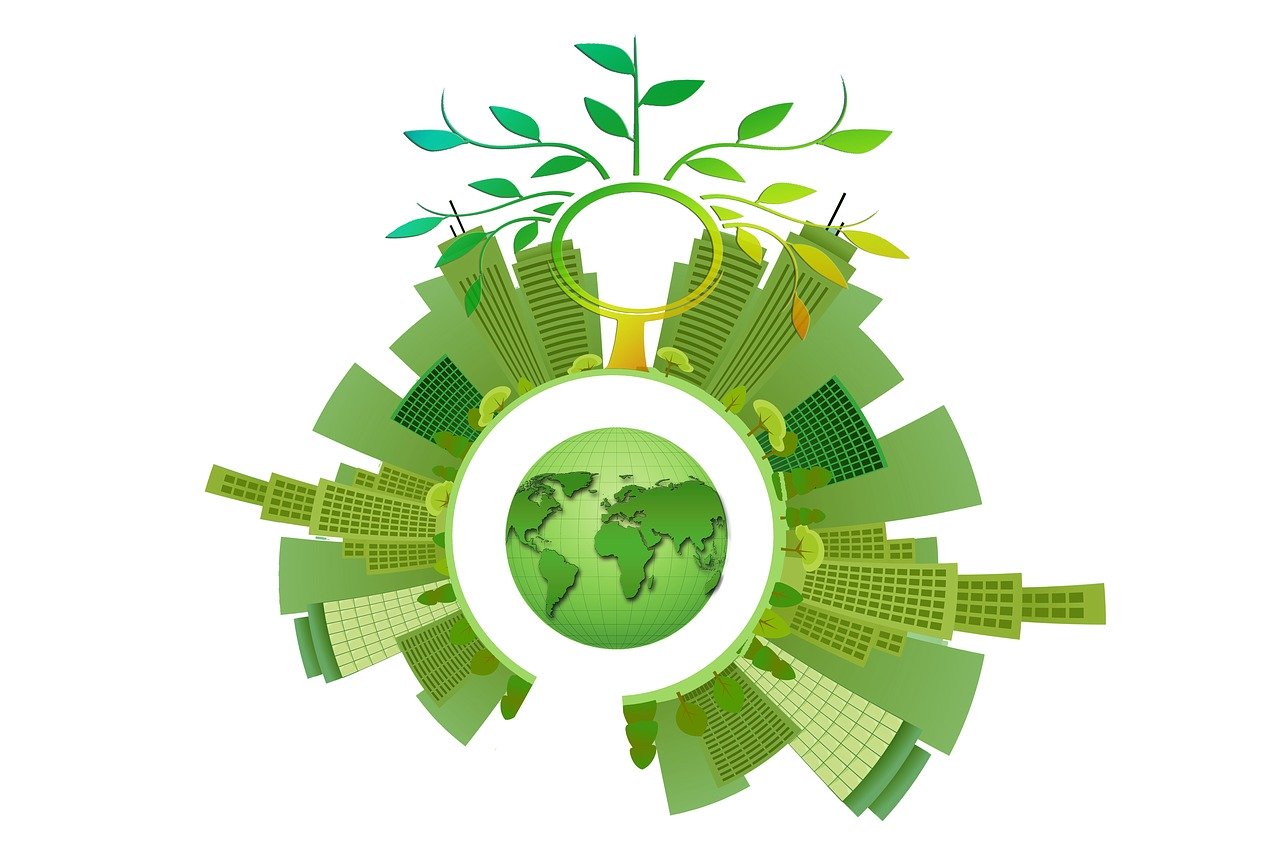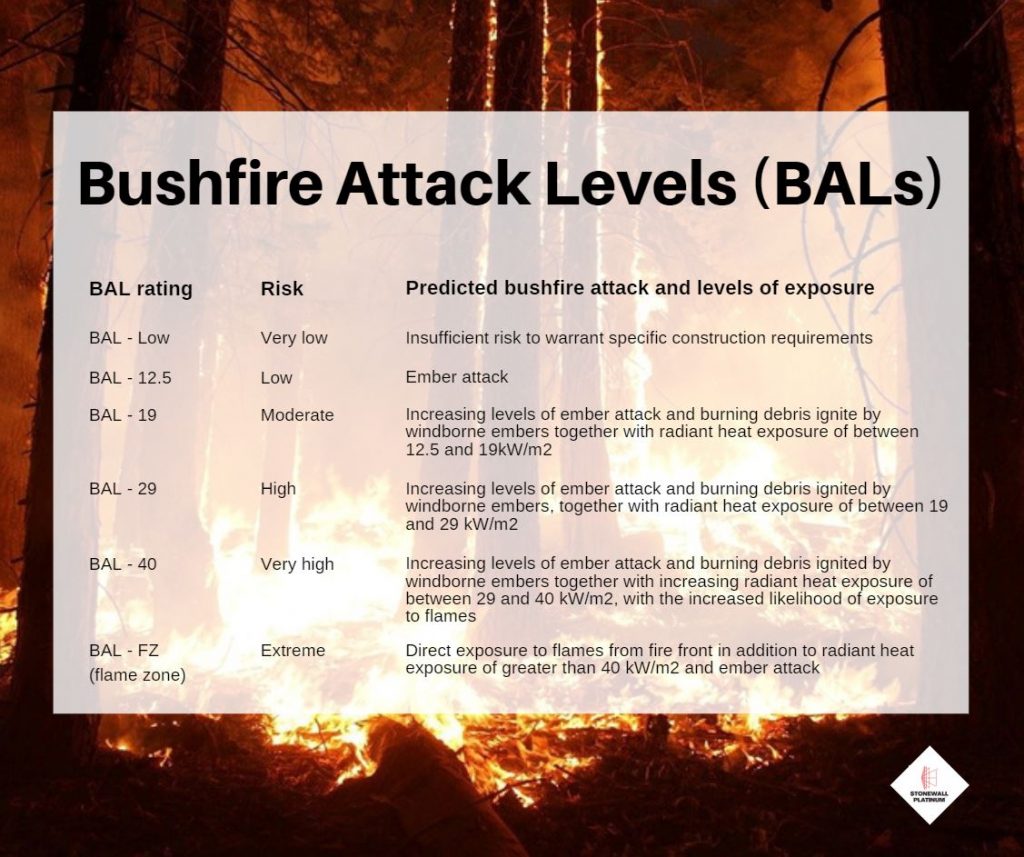Build Safely With Stonewall Platinum: Bushfire Edition
With extreme weather conditions on the rise, many Australians have accepted bushfire being part of our life. Many lessons were learned from bushfires in recent years to help us build safely in bushfire-prone areas. We will highlight some of the learnings in this article.

Improvement of the National Construction Code
After the devastating 2009 Black Saturday bushfires in Victoria, considerable changes were made to improve national building requirements for residences in bushfire-prone areas.
While buildings are regulated by states and territories, the National Construction Code provides a level of consistency in building codes across the nation by setting minimum standards for the design and building of new dwellings in bushfire-prone areas.
Instead of specifying how a dwelling must be built, the National Construction Code focuses on how a building must perform. By being performance-based, the National Construction Code allows for innovation in design, building materials and methods.
Using a residential building as an example, the National Construction Code requires a residential building in a bushfire-prone area to be designed and constructed to reduce the risk of ignition from a bushfire. The risk of ignition from bushfire could include ember attack, direct exposure to flames and impact of radiant heat. To assess the potential risk a building is expected to be exposed in the event of a bushfire, a 6-tiered Bushfire Attack Level rating system is used.
Based on the Bushfire Attack Level assessment, specific requirements, which may include building methods and choice of specific building materials, are to be met in order to achieve compliance.
Cost of Upgrading an Existing Home in a Bushfire-Prone Area
While the changes made to the National Construction Code provide better protection to buildings in bushfire-prone areas, the Code only applies to new dwellings. As 90% of buildings in bushfire-prone areas were built before the new regulations came into effect, it is estimated up to 1 million homes in bushfire-prone areas are at risk with little or no fire protection.
Upgrading an existing home in a high-risk bushfire area in order to meet the new compliance requirement often can be very costly. Based on AAMI Insurance‘s estimates, a typical 4-bedroom home in a high-risk bushfire area with a Bushfire Attack Level Flame Zone rating can cost more than $100,000 to upgrade and fire-proof.
Rethinking Building Design
How we build can have a big impact on the ability of our property surviving a bushfire. With more fire-resistant products are now available on the market, architects can really be creative and incorporate fire-resistant elements when designing a building.
Black ceramic house tiles that reflect radiant heat and permanent water features on flat roofs are just some of the examples that eminent architect Glenn Murcutt has used when designing his projects.
Rethinking Building Materials
Similar to building design, it is worth to also rethink about the type of building materials that we use to construct our property. In an article published by ABC, architect and Queensland University of Technology academic Dr Ian Weir discussed the importance of using non-combustible building materials when constructing a property in a bushfire-prone area.
Building materials such as volcanic rock wool insulation have an advantage over other similar products due to their non-combustibility. For example, volcanic rock wool insulation can withstand high temperature over 1000 degrees Celsius whereas fibreglass insulation will melt at 537 degrees Celsius.
Bushfires can have a devastating impact on lives and property. If you are planning to build in a bushfire-prone area, make sure to consult with experts and specialists to understand your options.


